Palawan Cherry  Trees
Trees  has recently come in full bloom to the delight of many who happen to pass by Brgy. Biak na Bato in La Castellana, Negros Occidental, Philippines
has recently come in full bloom to the delight of many who happen to pass by Brgy. Biak na Bato in La Castellana, Negros Occidental, Philippines 

You need not book a flight to Japan
The following photos were taken by Alaine Borja when she was traveling in that part of Negros Island.
The shots were taken from afar as the owner of these magnificent photos was not really prepared for a short trek so she has to take these photos from the car (road). We hope the municipal and provincial government will continue to develop and protect this spot for it to become a major tourist attraction in the province and in the country.
The trees belong to the genus Cassia Javanica commonly and locally known as Balayong.
Scientific Name: Cassia Javanica
Cassia javanica, also known as Java Cassia, Pink Shower, Apple Blossom Tree and Rainbow Shower Tree (Thai: ชัยพฤกษ์), is a species of tree in the Fabaceae family. Its origin is in Southeast Asia, but it has been extensively grown in tropical areas worldwide as a garden tree owing to its beautiful crimson and pink flower bunches.
C. javanica is a fast growing, deciduous / semi-deciduous tree which flowers in spring and sheds its leaves in the winter months. It has a straight trunk that reaches heights of 25 – 40m. The leaves are paripinnate with 12 pairs of elliptical leaves. The flowers range in colour from pale pink to crimson with yellow coloured stamens and are found in open clusters. The ground under the tree is covered with a beautiful carpet of pink towards the end of the flowering season. The fruit are housed in long cylindrical dark brown pods. Because of its beauty and suitable size C. javanica is planted as a shade and ornamental tree on streets and in parks. C. javanica is polymorphic and several sub species such as those listed below exist.
C. javanica originated in Java and Sumatra. Native range of this species is China, Cambodia, Indonesia, Thailand, Malaysia, Myanmar, Mauritius, United States and Pacific Islands. Today it is also commonly found in other places including India and The Philippines.
In India, C. javanica flowers in April/May and fruits and sheds its leaves in December. In Thailand, C. javanica flowers between Feb and April. In East Java, C. javanica flowers between October and December and fruits in the dry season.
It is used medicinally as a substitute to Cassia Fistula for treating constipation, colic, chlorosis and urinary disorders. Its leaves are effective against herpes simplex and the bark of C. javanica is one of the ingredients in ayurvedic and other traditional medicine antidiabetic formulations. C. javanica yields a lightweight to heavy hardwood that is used for general construction, furniture and cabinet making. The bark of C. javanica is used for tanning in the leather processing industry.
According to an article posted on Choose Philippines website, locals recently noticed that Palawan cherry blossom trees are growing at the foot of Mount Kanlaon which is part of the Kanlaon National Park and Forest Reserve.
Palawan cherry blossom is native to Palawan and resembles Japan’s world-famous cherry blossom trees or sakura. So, you no longer need to go to Puerto Princesa or Japan to see cherry blossoms.
It was not announced yet if the area will be opened to public. But according to locals, you can already see it along the road if you are travelling from La Castellana to Canlaon City.
The article added that Mayor Alberto Nicor has already requested the DENR to assess the trees and know how to propagate them.
The article added that Mayor Alberto Nicor has already requested the DENR to assess the trees and know how to propagate them.
Mayor Nicor’s daughter, Mhai Mhai also confirmed existence of Palawan cherry blossoms in La Castellana. She said that the exact location of the site is Sitio Calapnagan, Barangay. Biak na Bato, La Castellana, Negros Occidental.
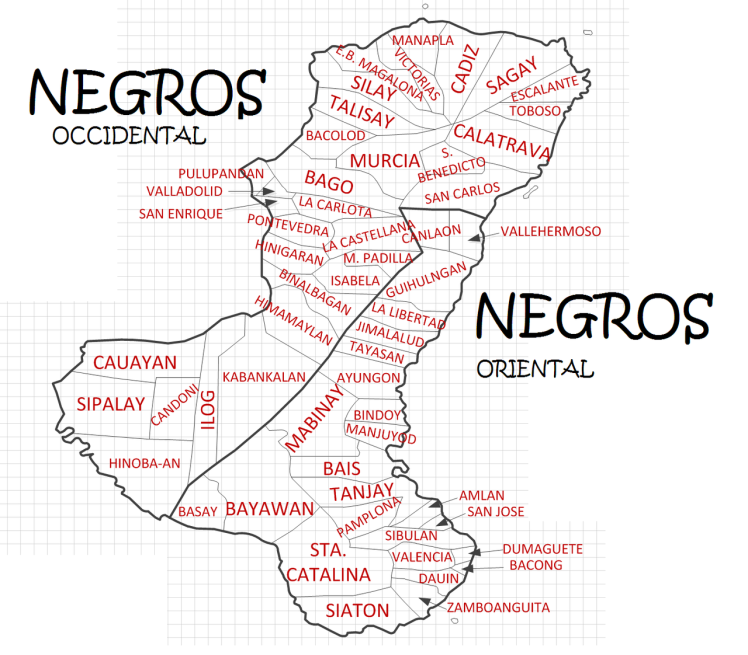
Take a ceres liner bus bound to La Castellana from Southbound Terminal in Bacolod City. From La Castellana, charter a habal-habal to take you to Barangay Biak na Bato. Tell the driver that you are heading to cherry blossoms site.
You can also ride a Canlaon bound bus from Southbound Terminal and tell the driver to drop you at Barangay Biak na Bato. From there, you can also charter a habal-habal.
Note: The direction was contributed by one of their followers.



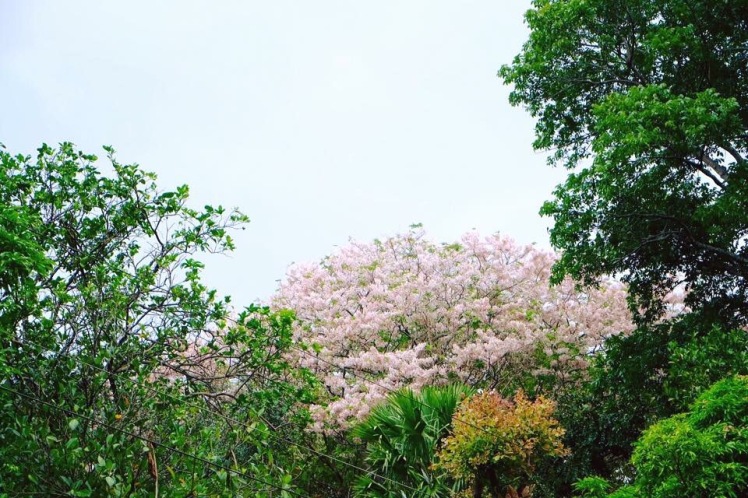


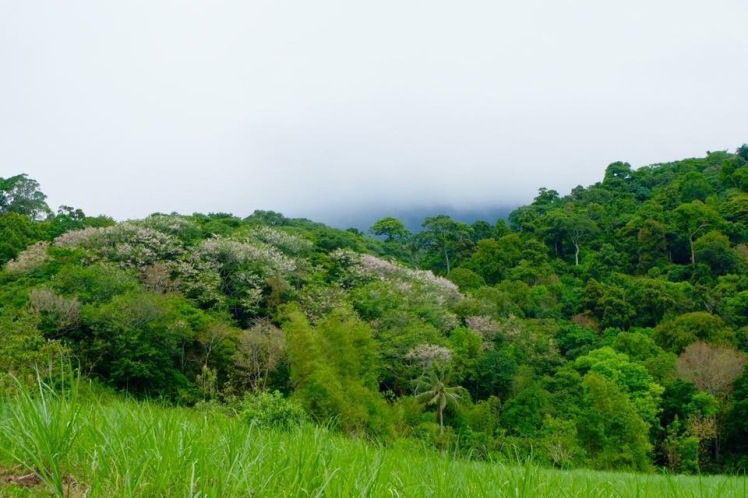



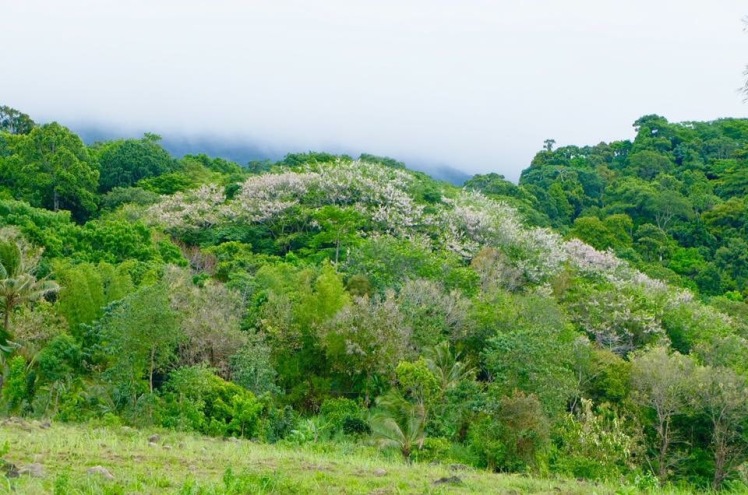
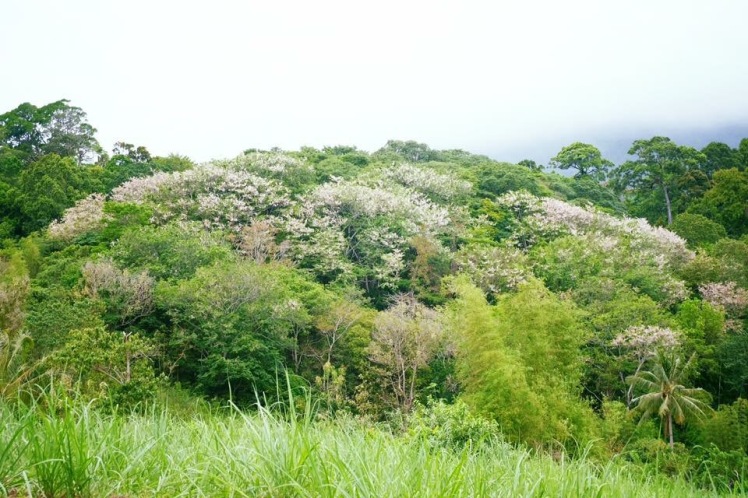

No comments:
Post a Comment